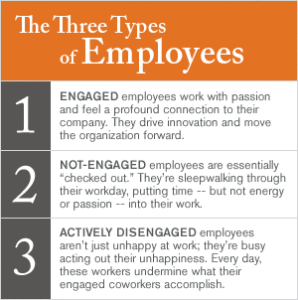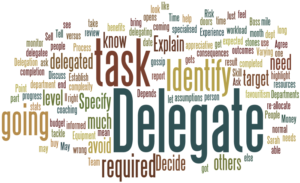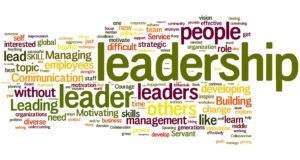Workplace Learning and Development is offering the UMass Amherst Leadership Academy for this Spring, 2020. This program supports the effectiveness of supervisors, managers and leaders to strengthen their capacity to build a community of choice by aligning the University’s values and mission with a successful practice of managing people, building relationships and driving results. The Leadership Academy brings together supervisors and managers from across campus to develop and refine the knowledge, skills and abilities needed for supervision.
The UMass Amherst Leadership Academy is currently comprised of 2 programs that support supervisors at various levels providing information and skill development for current supervisors and managers, (not for supervisors of only undergrad or graduate student employees – see Supervising Student Workers). This is a multi-modal learning program that includes in-person classroom and online components.
Foundations of Supervision focuses on the foundational skills, core competencies and key behaviors one needs to be an effective supervisor at the University. This program is designed for individuals with less than 2 years of supervisory experience and who currently supervise or will become a supervisor in the next 3 months.
Essentials of Management explores the complexity of supervision at the University, allowing supervisors to build upon their current skill level to become more effective in their roles. This program is designed for individuals with 2 or more years of supervisory experience and are currently in a supervisory or management role.
Spring and Summer 2020:
For information on dates and application process please go to: Leadership Academy
Questions? Contact Margaret Arsenault, 545-5424








